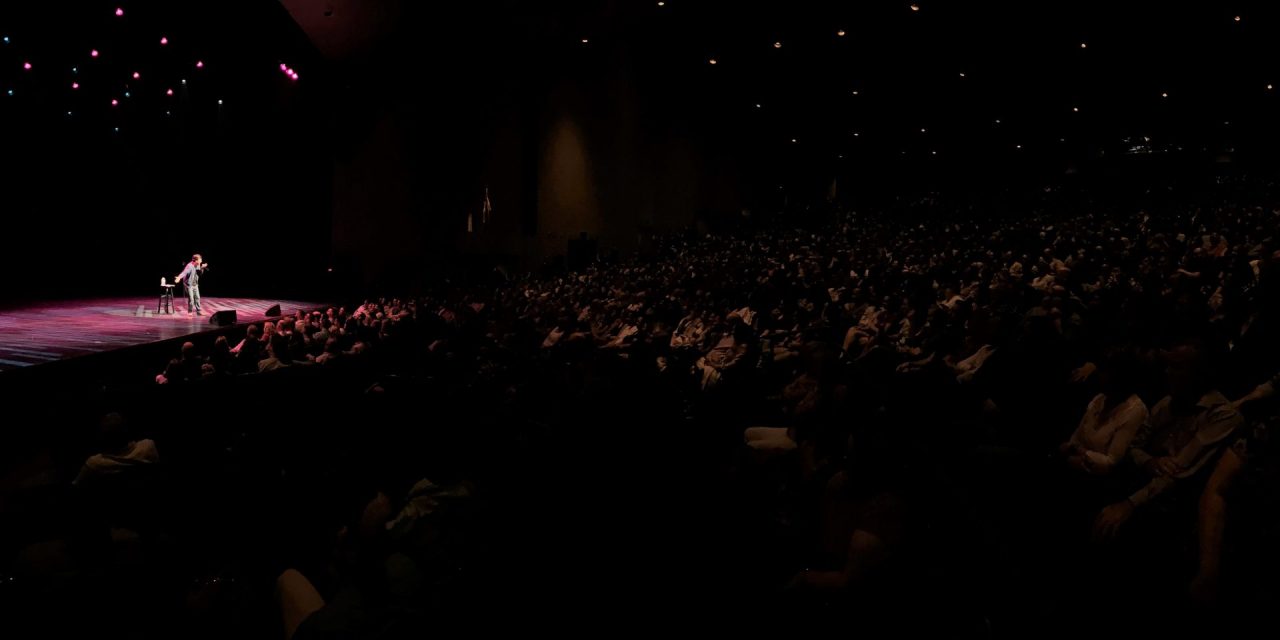Even sellouts result in a few unoccupied seats, but those no-shows can lead to new revenue. (Jeff O’Kelley / Courtesy Ruth Eckard Hall) Venues look to help from services like SeatCycle to redistribute sold but unused tickets Even a sold-out show includes a percentage of patrons who didn’t bother to use tickets they had already bought. While those tickets are usually bought and paid for, it affects the venue in other ways if they stay in a drawer: less money spent on parking, concessions or merchandise, plus the unsightly appearance of empty seats, usually the highest-priced and most noticeable, which is an optic that affects venue, fan and performer alike and devalues the experience. According to industry estimates, anywhere from 5% to 10% of ticket holders are no-shows, even at the most exclusive events. “Even a show like ‘Hamilton’ will have 40 (to) 50 empty seats a night,” said ticketing… Continue Reading No-Show Business
No-Show Business







